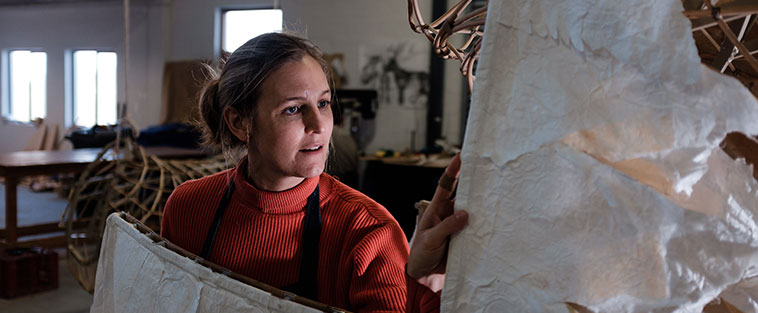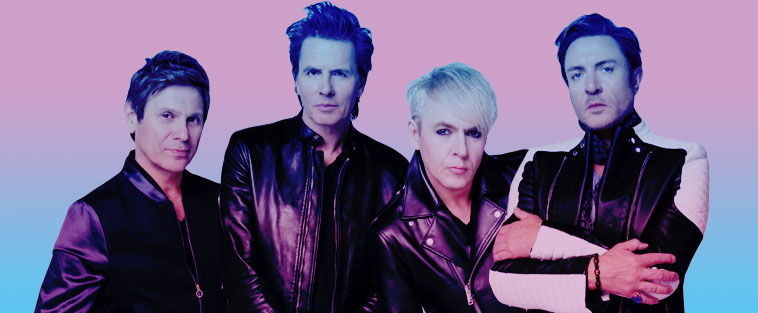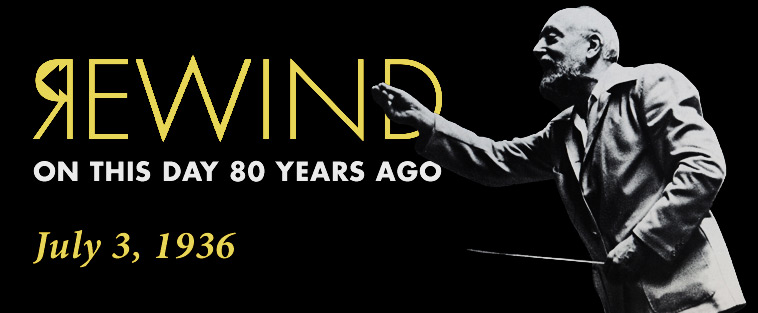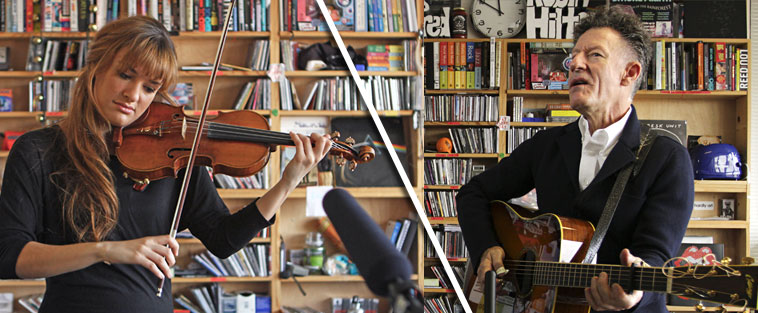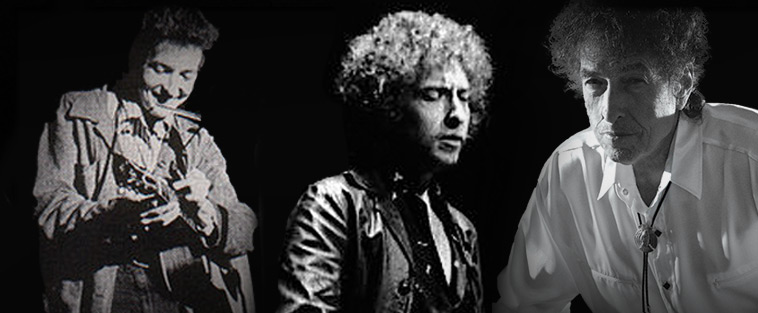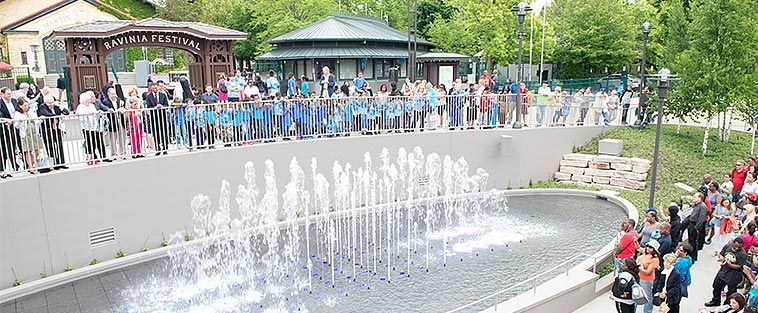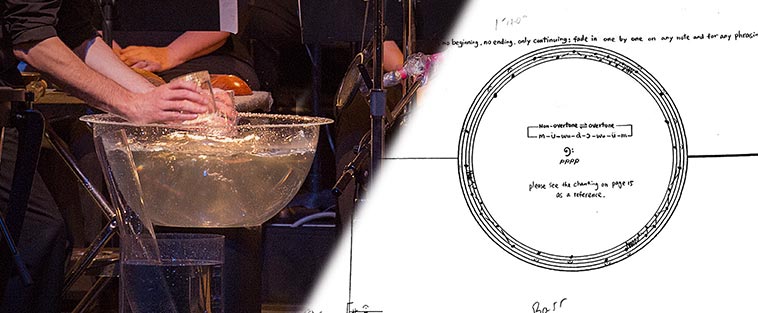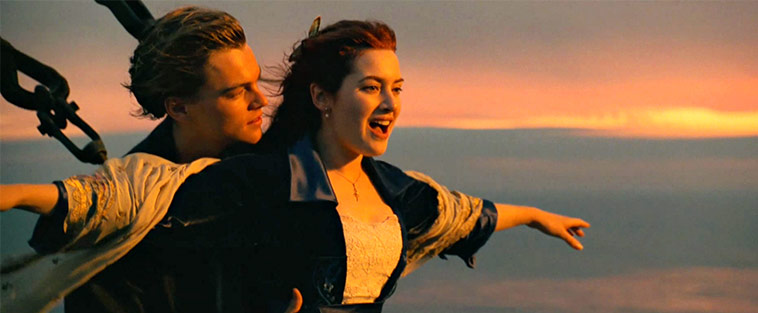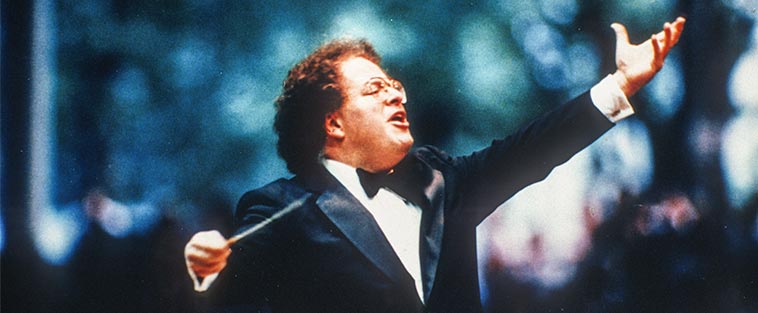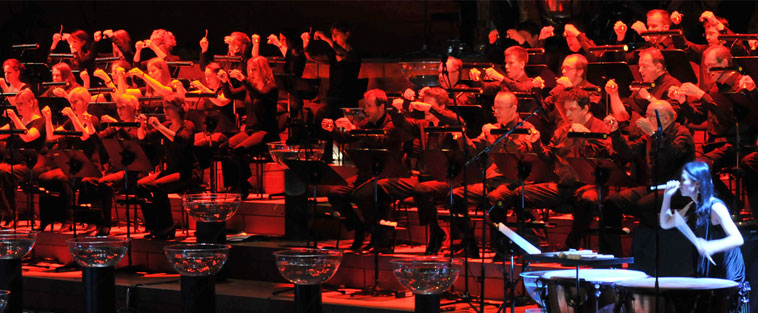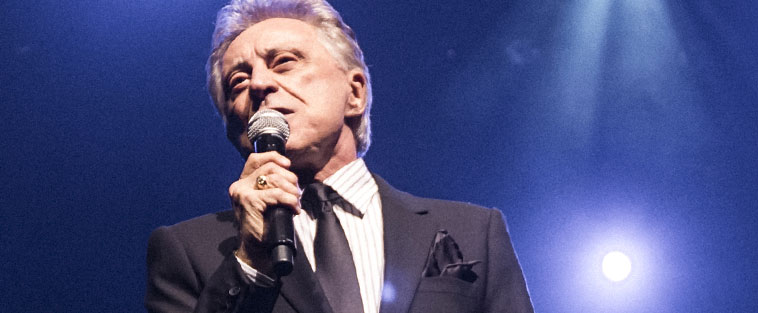When clarinetist Anthony McGill visits Ravinia on July 15 to perform the Brahms Clarinet Quintet with the Takács String Quartet, the occasion will be the latest of numerous homecomings the Chicago native has enjoyed since he left the nest for the Interlochen Music Academy and the Curtis Institute of Music many years ago. Originally from the Chatham neighborhood on the city’s South Side, McGill and his unlikely rise to the summit of the clarinet world was fueled by a supreme talent, supportive family, several key local mentors, and an unflagging determination.
Learning to Fly: Janni Younge Makes a New "Firebird" With No Strings Attached
Janni Younge believes passionately in the power of puppetry. Although the centuries-old art form might seem passé in a world where video games and other online diversions are available in seconds, she believes it is even more needed than ever as a tangible antidote to such high-tech escapism. “People are relating to a very ancient instinct,” says the South African puppetmaker, “which is to enjoy the animation of an inanimate object. Particularly in contemporary puppetry, where you see the performers creating life in a thing that is clearly not alive, there is a kind of electricity that happens. We relate to it on a very primal level.”
Fiddling Around: Wynton Marsalis Trumpets Human Connections in His Violin Concerto for Nicola Benedetti
Legendary trumpeter and composer Wynton Marsalis has worn many musical hats across his remarkable career. Thus, the idea that Ravinia would co-commission a concerto from a guy who studied at Juilliard and performed Haydn’s Trumpet Concerto with his hometown New Orleans Philharmonic when he was a mere 14 years old is not so strange.
Staying Hungry: Duran Duran Hasn't Stuttered with the Release of Paper Gods
The soundtrack of the early 1980s simply oozed Duran Duran. Their extraordinary run of singles—“Hungry Like the Wolf,” “Rio,” “Save a Prayer,” “The Reflex,” “The Wild Boys,” “Girls on Film”—earned Simon Le Bon, John Taylor, Nick Rhodes, Roger Taylor, and Andy Taylor the moniker “The Fab Five” among pop music’s second British Invasion. Their music videos proved almost too risqué even for MTV, at a time when the cable music video channel was the “social media” pinnacle for recording artists. To paraphrase that old song: If you could make it there, you could make it anywhere. And make it they did.
Standing Up: Like Their Sound, Guster Hopes to Keep the World Evergreen
It may be a truism that leaving home for college is a life-changing experience, but how many people can say they met both lifelong friends and career-defining collaborators on the first day?
That’s how Adam Gardner tells the story. It’s true enough; a nice, easy shorthand version. When pressed, however, he reveals that he actually met bandmates and buddies Ryan Miller and Brian Rosenworcel shortly before that, at a wilderness orientation for freshman at Tufts University (just outside of Boston) in 1991. The trio soon learned they shared a passion, and that’s the origin of the band known as Guster—a group still going strong a quarter-century later.
Rewind: July 3, 1936
July 3, 1936: The CSO Residency Kicks Off
In 1936 Ravinia and the Chicago Symphony Orchestra began an enthusiastic partnership in presenting history’s greatest music in a uniquely lush and comfortable setting, and 80 years later that dedication is as strong as ever, forming the cornerstone of the festival’s classical mission, which also encompasses chamber music, recitals, kids concerts, Reach*Teach*Play, and Ravinia’s Stean’s Music Institute. Even before the relationship became official the CSO was a regular guest, dating back to 1905 as the Theodore Thomas Orchestra. Over the 17 concerts that compose its residency at Ravinia this summer, the CSO will play works that are just as powerful today as they were during that first season—from Beethoven’s Seventh, Brahms’s Second and Fourth, and Dvořák’s “New World” Symphonies to such orchestral delights as Respighi’s Pines of Rome and Strauss’s Don Juan to the playful swirl of Gershwin’s Rhapsody in Blue.
The 2016 Ravinia Season So Far: Through Social Media (Pt. 1)
With over 140 concerts across three and a half months, it’s not easy to catch everything that goes on at Ravinia. The month of June has practically flown by, so we’ve curated some of the most notable posts, tweets, and photos showcasing what the 2016 season has been like so far.
Tiny Desk Concerts: A Great Showcase Of The 2016 Season
If you have never seen a Tiny Desk Concert, then you are in for a real treat. Started in 2007 by Bob Boilen, host of NPR’s All Songs Considered, the Tiny Desk Concert series invites notable as well as unheard musicians into the small working space that Boilen uses in NPR’s offices in Washington, DC.
As a way to introduce readers/viewers/listeners to both the Tiny Desk series and Ravinia’s 2016 season, we’ve compiled a list of Tiny Desk videos featuring performers who are taking the festival’s stage, as well as a playlist of past Ravinia artists, for your viewing pleasure.
Ravinia Trivia from 1976 Program Book Advertisement
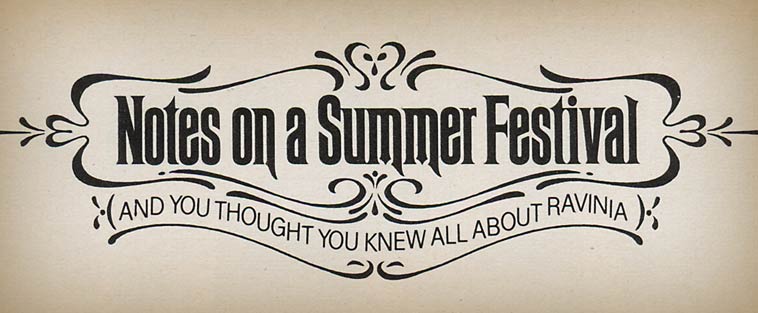
While perusing an Ravinia program book from 1976, we came across this advertisement for Northern Trust Bank, which includes a number of interesting facts about the festival. The still life in the center is also a nice touch.
Chris Cornell Finds ‘Higher Truth’ in His Music by Going Acoustic
By Andy Argyrakis
One of the most distinctive voices in rock’s entire history also happens to be among the most prolific and eclectic since bursting out of Seattle’s indie scene three decades ago. Between his time fronting alternative icons Soundgarden, short-lived but beloved side project Temple of the Dog (including future members of Pearl Jam), and the post-millennial hard rock supergroup Audioslave (featuring Rage Against the Machine’s rhythm section)—not to mention an immensely successful solo career—Chris Cornell has thus far sold a staggering 30 million albums and been a top box office draw in each incarnation. So how in the world does the singer, songwriter, guitarist, composer, and lyricist face the daunting task of sculpting a show to address each of those vital eras, while also celebrating his critically lauded new album Higher Truth throughout the course of a single evening?
A Musical Chronicle of Our Time
Living my formative years during the ’60s, my immersion into popular music came around the time of what came to be known as “protest songs.” Where earlier rock and pop songs were mainly concerned with teenage romance and all the problems associated with it—rejection, parental disapproval, rivals in love—pop artists started addressing serious social concerns, such as civil rights and the developing war in Vietnam. It was also the era of “folk-rock” and the ascendance of the singer-songwriter. Pop artists no longer simply went into the studio to record a piece of music handed to them by their agent or record company executive. The idea grew that someone singing their own music had a greater artistic integrity—who could better interpret their poetry and melodic flights of fancy than the writer him- or herself?
Chorus of Kids Makes a Splash in Unveiling of Water Sculpture "Chorus"
Ravinia unveiled its latest work of art on Saturday, the aquatic sculpture Chorus, created by WET, Inc. Nestled into the festival’s grand entrance, the fountain and light show, which can be programmed to music, makes for a thrilling reveal when patrons emerge from the train underpass while walking to the festival’s main gate.
Precise Notation Helps Make Tan Dun’s "Water Passion" Good to the Last Drop
We know what whole notes look like, and we can recognize the curly fanciness of the treble clef and the flags on eighth notes. But the question on the minds of so many music lovers as they exuded excitement over Ravinia’s Chicago premiere of Tan Dun’s Water Passion last week was just exactly how the exotic sounds created by the chorus are expressed in the score so that the piece can be performed by different ensembles in different venues around the world.
Blindsided by "Titanic"
Sometimes the power of a film can sneak up on you and catch you by surprise. That was the experience I had when I saw James Cameron’s film Titanic—for the third time.
Ahead of His Time
By John Schauer
A long time ago, when I was working as a journalist in California, I came to Ravinia to do a feature interview with James Levine, who was Ravinia’s music director at that time, and in the course of the interview he said something that still haunts me today, as if somehow he sensed what would happen as a result of “social media”—which of course did not yet exist at that time.
Rewind: June 9, 1991
June 9, 1991: Lionel Hampton's Final Appearance at Ravinia
Lionel Hampton made his final appearance at Ravinia 25 years ago, by which time he had long established himself as one of the greatest jazz bandleaders of the 20th century.
Ripple, Affect: Tan Dun’s "Water Passion"
By Thomas May
In 2013 Tan Dun traveled to the Thomaskirche in Leipzig to conduct his Water Passion in the very space where J.S. Bach had introduced the Saint Matthew Passion nearly three centuries ago (most likely in 1727). The gesture underlined the kind of cross-cultural counterpoint that lies at the heart of the Chinese composer’s oratorio. The full title reads Water Passion after Saint Matthew, yet Tan also models his work on his reading of Bach’s monumental precedent; it might even be titled Water Passion after Saint Matthew after Bach—the second “after” being taken simultaneously in its dual senses of “according to” and “post-dating” (for a contemporary world).
I Was Wrong. Frankie Valli Is One Of The Greats
Frankie—to my parents’ generation, that meant “Sinatra.” To my generation, it meant “Valli & the Four Seasons.” Although as with so many other things in life, I was a bit late in coming to this party.
Ravinia Artists Get 'Animated' in this PBS Interview Series
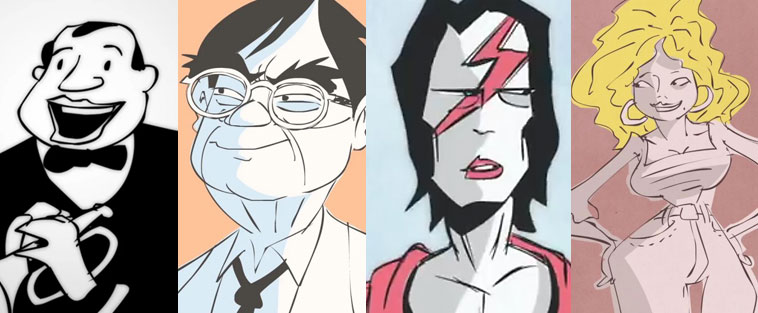
Blank on Blank is a fantastic online series from PBS that has been digging up old tape-recorded interviews with celebrities and bringing them to life through the magic of animation. As fortune would have it, many of the subjects of the interviews are Ravinia favorites, from 2016 season artists Garrison Keillor and Dolly Parton to such past legends as Louie Armstrong and Janis Joplin. Below are selections from this series that gives you a personal glimpse into the lives of these celebrated cultural figures.
For Artist and Audience, the ‘Cycle’ is the Gateway to Another World

The contradictions are stunning.
We are, as we’re constantly reminded, living our lives at supersonic speeds, racing in all directions. We express ourselves in 140-character tweets, fume when a computer file takes three seconds to download, and demand next-day delivery for our online orders (since shopping online is, of course, much faster than heading out to a brick-and-mortar retail store).
Yet we luxuriate in spending hours at a time on a single experience we deem worthwhile. Children, supposedly afflicted by skyrocketing rates of attention deficit disorder, devoured the very long Harry Potter books in marathon sittings. A weekend spent binge-watching multiple seasons of House of Cards or Downton Abbey is many people’s idea of heaven. Restaurants have long waiting lists of customers willing to sit for lengthy, multicourse, insanely expensive meals with menus (no substitutions allowed) set by a superstar chef.
We’re desperately in a hurry. Until we’re not.


